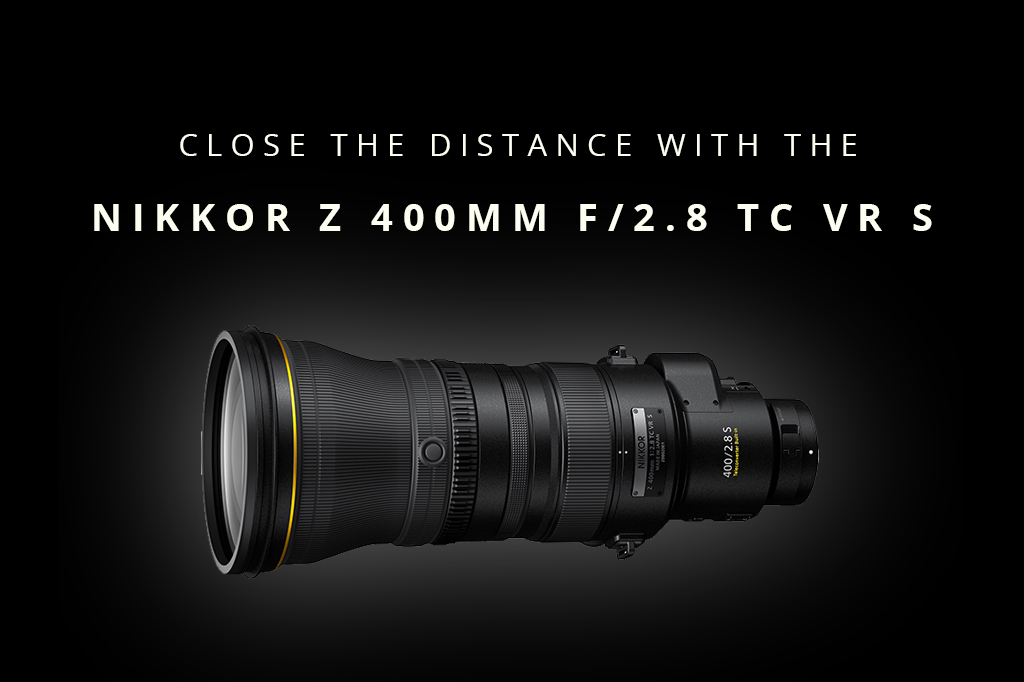South Africa is a truly magnificent place to live, right? We have views that stretch to eternity, untouched outdoor spaces where you and your camping gear can get lost for days on end, some of the most beautiful photographic and filming locations in the world and an average of 2 500 hours of sunshine per year. Sounds pretty magnificent to me…
The one thing we don’t have is a reliable electricity supply. More often than not this is due to Eskom, but that 10-day camping trip or on-location photo shoot 120km North-West of Upington might feel like stage 8 loadshedding and have you looking for a power solution. This is exactly where portable power stations come in.
When you find yourself looking for a portable power station you will be greeted by a myriad of options with a vast array of power delivery options available. This will inevitably lead to the question: What size portable power station do I need? Let’s answer that question for you.
What is a portable power station?
We need to start at the beginning, though. What is a portable power station? For the purposes of this discussion, a portable power station is a mobile, toolbox sized, power bank containing lithium power cells that you can take with you on camping trips, location shoots, or utilise in your living room when the loadshedding schedule is not in your favour, and supply stored electricity wherever (or whenever) it is needed.
Now back to the issue at hand. You have electronic devices and you want them to be powered when there is no electricity to be had. How do you determine what size power generator you need? If you look at the marketing material for power generators you will see claims like it can run your TV for 13 hours or charge your phone 623 times, but to make an informed decision you need to calculate how long the power generator will power your specific gear, not some icons on a marketing brochure.
How do you work out what size your power generator should be?
The first step is to decide on the electronics you wish to power and for how long you want those electronics to run. Here are some common devices that people power with portable generators:
- Desktop computers
- Laptops
- Televisions
- Playstation and Xbox consoles
- CPAP machines
The next step is to find out how much energy your selections use. In order to determine this, you have to find out how many Watts your items require to run and this value is usually found on the device or the power supply/AC adapter for the device. This can be seen in the examples below:

96 Watts on LCD TV

900 Watts on a Food Steamer
If the only information listed on your device is the Amp value, then you can calculate the Watts by multiplying the Amps with the Voltage listed on the device.
V(volts) X A(amp) = W(watts)
See the below example:

120 Volt and 2.7 Amp on OLED TV
On the above OLED TV the watts will be determined as follows:
120 V x 2.7 A = 324 W
Once you have determined the Watts usage of your devices it is time to decide for how many hours you wish to run these devices from your power station. Once you have decided on the time, multiply your Watts by the number of hours you require. This will give you the total Watt-hours you require to be able to power your devices.
Here is an example of my own requirements for working from home using a portable power station as my only source of electricity. First, the Watts requirements for the devices I need to run:
Apple iMac = 84 W (Max CPU because you have to account for the worst-case scenario)
LG Sound System = 65 W
Fibre/WiFi Router = 25 W
84 + 65 + 25 = 174 Watts
In order to survive a single session of loadshedding, I need to run the above equipment for 2 and a half hours on my portable power station. Therefore:
174 W x 2.5. = 435 Watts
This will provide a relatively accurate value you can use to determine what capacity power station you should procure. I would recommend going one step further to account for the constant energy consumption rate. In my above example, I wanted to procure a Jackery power station and Jackery recommends using an 85% constant energy consumption rate. In order to account for this, I do the following calculation:
435 W / 0.85 = 512 Watts
Which power station/s should you choose based on your consumption needs?
Now it is time to decide which power station to get that will suit your needs. In my example above, I would need a power station with a capacity of more than 512 Watts to fully service my requirements. The EcoFlow RIVER 600 Max Portable Power Station would be the perfect option for me.
However, because I worked on the worst-case scenario for the iMac usage and also included a small sound system that can easily be substituted for a pair of headphones, I have some wiggle room and should I wish to go for a more affordable option, the Jackery Explorer 500 Portable Power Station is a great option too. It has worked flawlessly through many trips into the countryside, braais where light music and a portable fridge for liquid refreshments were needed. No matter what your unique requirements are, there are portable power stations available to suit your needs.








